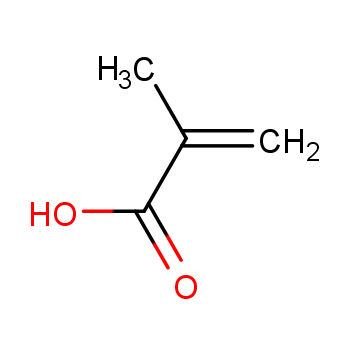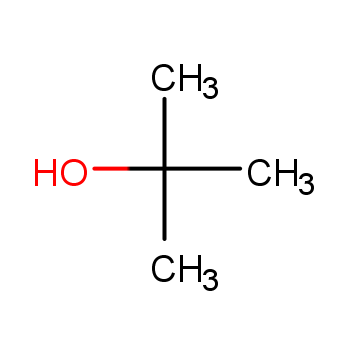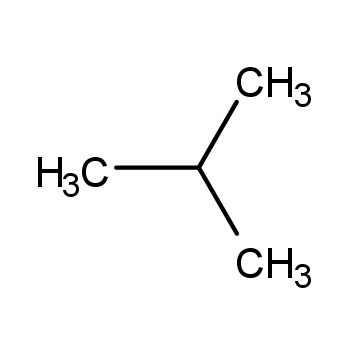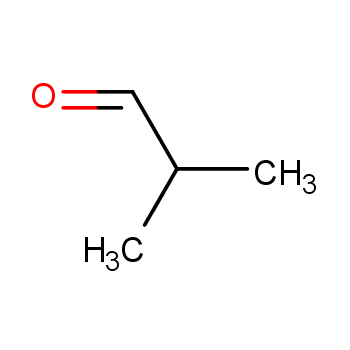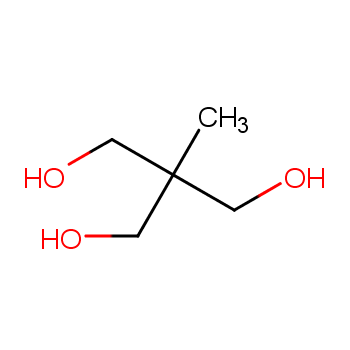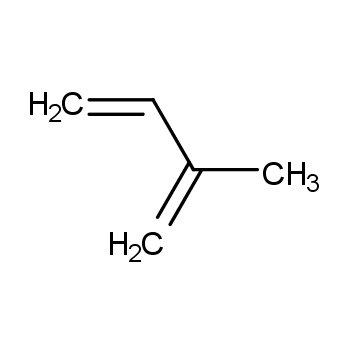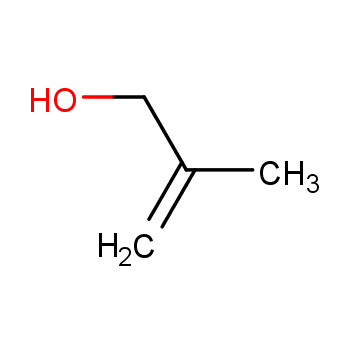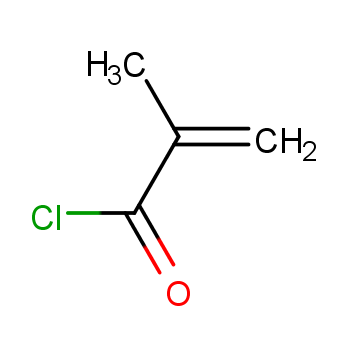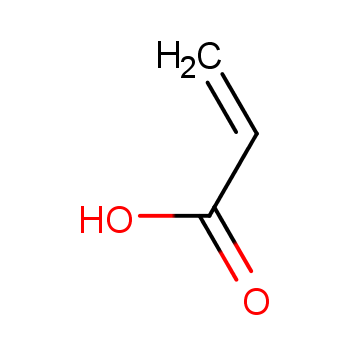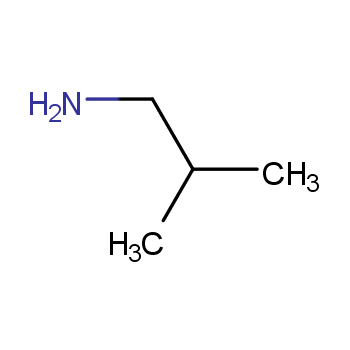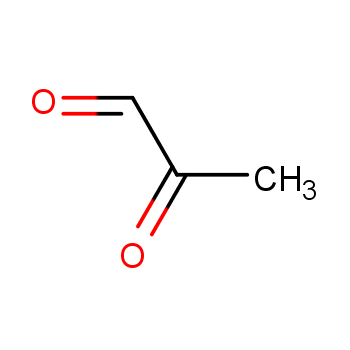Signal: Danger
GHS Hazard Statements
Aggregated GHS information provided by 109 companies from 9 notifications to the ECHA C&L Inventory. Each notification may be associated with multiple companies.
H225 (90.83%): Highly Flammable liquid and vapor [Danger Flammable liquids]
H301 (90.83%): Toxic if swallowed [Danger Acute toxicity, oral]
H311 (88.07%): Toxic in contact with skin [Danger Acute toxicity, dermal]
H314 (88.07%): Causes severe skin burns and eye damage [Danger Skin corrosion/irritation]
H318 (63.3%): Causes serious eye damage [Danger Serious eye damage/eye irritation]
H330 (74.31%): Fatal if inhaled [Danger Acute toxicity, inhalation]
H400 (61.47%): Very toxic to aquatic life [Warning Hazardous to the aquatic environment, acute hazard]
H411 (60.55%): Toxic to aquatic life with long lasting effects [Hazardous to the aquatic environment, long-term hazard]
Information may vary between notifications depending on impurities, additives, and other factors. The percentage value in parenthesis indicates the notified classification ratio from companies that provide hazard codes. Only hazard codes with percentage values above 10% are shown.
Precautionary Statement Codes
P210, P233, P240, P241, P242, P243, P260, P264, P270, P271, P273, P280, P284, P301+P310, P301+P330+P331, P302+P352, P303+P361+P353, P304+P340, P305+P351+P338, P310, P312, P320, P321, P322, P330, P361, P363, P370+P378, P391, P403+P233, P403+P235, P405, and P501
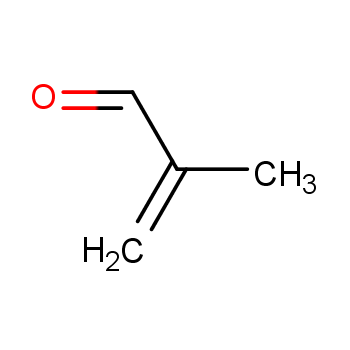
 EN
EN













